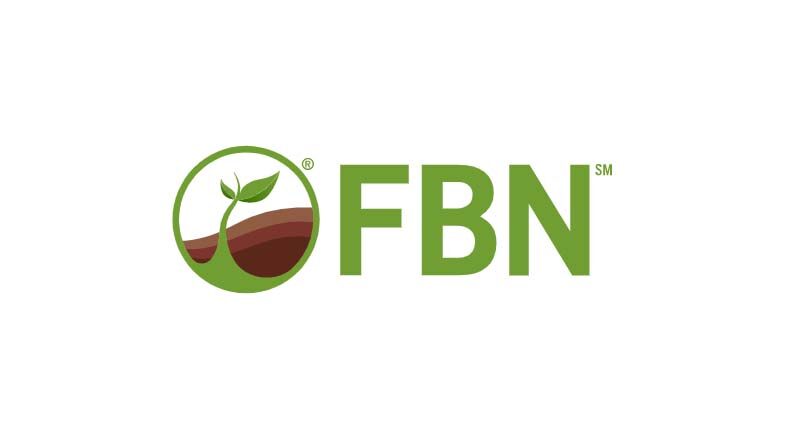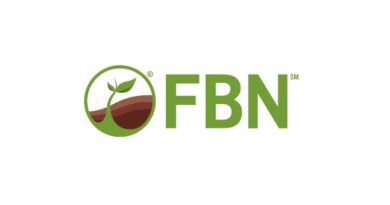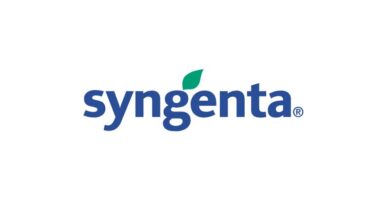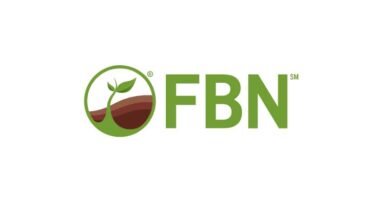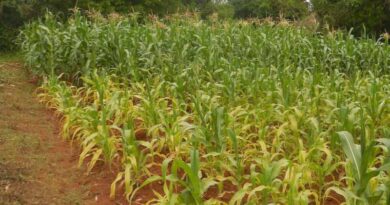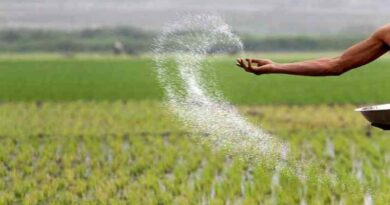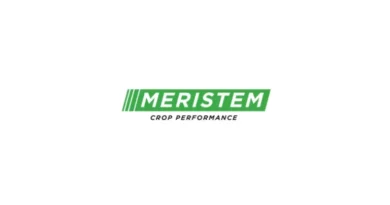5 Ways For Canadian Farmers to Delay Herbicide Weed Resistance
11 May 2022, Canada: Weeds are a threat to every farming operation and the number of herbicide resistant weeds continues to grow every year. Creating a strategy to delay the development of resistant weeds is important and should be prioritized on every farm.
As of April 2022, the U.S. has 127 unique herbicide resistant weeds and Canada has 52. (1)
There are a number of ways a grower can take a proactive approach to ensure a weed resistance management strategy is implemented on every acre.
Let’s get into the weeds with the five ways to delay the development of herbicide resistant weeds:
1. Tank mixing & multiple modes of action
Whenever possible, it’s important to prioritize tank mixing multiple herbicide groups to enhance weed control and mitigate the development of herbicide resistant weeds.
A pre-seed application is a great opportunity to include multiple modes of action from different herbicide groups that target the same weeds. (2)
Maxunitech Carfentrazone-Ethyl 240 EC (group 14) and Bromoxinyl-240 EC(group 6) are both excellent herbicide options that tank mix well with Smoke® 540 Glyphosate pre-seed for most crops.
2. Crop rotation
Diversifying your crop rotation will optimize fertility and mitigate disease and pest infestation. As well, this will provide you with the opportunity to utilize different selective chemistries for your crops.
Consider rotating crops with different seeding and harvest windows to target weeds at optimal points throughout the growing season. Implementing both a diverse crop and chemistry rotation helps to prevent weeds from maturing, setting seed and becoming a challenge the following year.
3. Chemistry rotation throughout the season
It’s a good strategy to use different herbicide groups at different points in the season that target the same weed spectrum.
As part of an integrated weed management program, tank mixing products from multiple herbicide groups with every application and focusing on diversifying the annual chemistry rotation is recommended..
4. Effective herbicide application
Keeping clean fields year over year helps reduce the opportunity for herbicide resistant weeds to develop, set seed and propagate.
When using products, it’s recommended to always use the label rate and directions to help you best achieve clean fields and minimize weed growth. Utilizing best practices regarding boom height, water volume, wind speed and sprayer speed increase your chances of eliminating herbicide resistant weeds.
5. Maintaining clean fields with multiple applications throughout the season
Preemergence
Early weed control is recommended as herbicides are typically most effective on small weeds. (3) Most product labels do not target later stages of weed development and as a result, weeds can mature, set seed and become a challenge to control. Disha 480 (group 4) is an example of a preemergence product with residual control that can be applied prior to planting cereals that targets kochia (including group 2 resistant biotypes).
In crop
As a grower, you need to scout your fields to tailor your herbicide post emergence program to maximize and diversify weed control programs. Regional differences in weed pressures and crop mix, potentially require more selective herbicide tank mix partners to control all types of weeds in the field.
There are multiple tank mix options that can be customized according to crop and target weed spectrum. For example tank mixing Steel (group 2, and 4) and MCPA (group 4) are options for an in crop application in cereals. Another potential tank mix is Advantage Glufosinate-ammonium 150 SN (Group 10 with FBN Clethodim 240 (group 1) and Clever® Dry Flowable Herbicide (group 4) for an incrop application in glufosinate tolerant canola.
Post harvest burn down
Combining a non-selective herbicide and a selective herbicide in a post harvest application can be a very effective way to incorporate different herbicide groups and modes of action. Prioritizing weed control in the fall, will help to minimize weed seed development and weed pressure the following year.
Always add another effective mode of action like a group 2 or 4 when applying glyphosate. For example tank mixing Florasulam 50 (group 2), 2,4-D (group 4) or MCPA Ester 600 (group 4) with Smoke® 540 Glyphosate (group 9) for a post harvest application.
Protecting the long-term sustainability of your operation starts with protecting your crops by implementing a robust weed management strategy that incorporates cropping and chemistry diversity.
Also Read: nurture.farm announces exclusive partnership with Dubai based agrochemical company Agfarm

